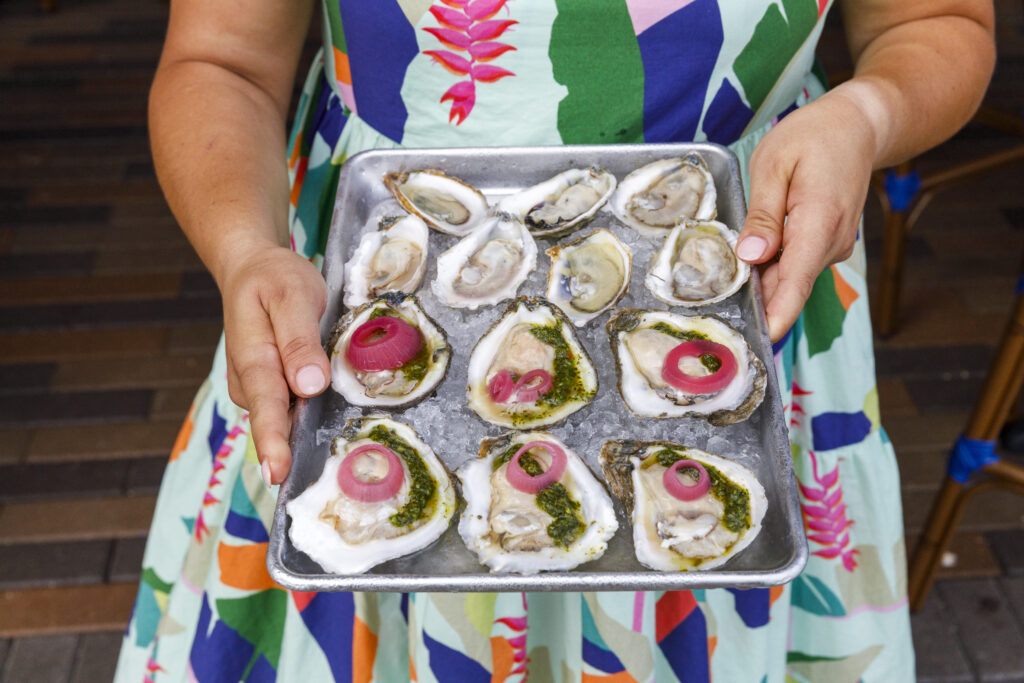Welcome to an exploration of one of nature’s most fascinating and versatile creatures: the oyster! From their unique flavors and incredible environmental benefits to their surprising medicinal uses, oysters offer more than just a delicious bite.
The Oyster’s Amazing Abilities
Did you know that oysters are not only a culinary delight, but also a powerhouse in the natural world? These bivalves are remarkable filter feeders, capable of purifying up to 1.3 gallons of water per hour. By filtering out excess algae and sediment, oysters help maintain the health of marine ecosystems and prevent hypoxia, a condition that depletes oxygen levels in the water and threatens marine life.
Oysters are also renowned for their rich nutritional profile.
Packed with essential vitamins and minerals such as zinc, calcium, magnesium, and vitamin B12, they are a healthy choice for boosting your diet. Their high levels of monounsaturated fats, the “healthy” fats found in olive oil, make them a heart-friendly option.
Debunking the “R” Myth
There’s a common myth that oysters should only be eaten during the colder months with an “r” in their name—September through April—to avoid potential foodborne illnesses. However, as this article in Southern Living clarifies, this is no longer the case.
Modern oyster farming techniques and advancements in food safety ensure that oysters can be safely enjoyed throughout the year. Advances in refrigeration and farming practices have greatly reduced risks, making it perfectly safe to savor oysters in all seasons.
Oysters Beyond the Plate

Oysters’ contributions extend far beyond the dining table.
Historically, their shells have been used for construction, road building, and even as chicken feed. In modern times, oyster shells are integral to water treatment processes, removing pollutants and maintaining environmental health.
Moreover, oyster reefs play a crucial role in coastal protection. Oyster beds help absorb storm and tide energy, reducing erosion and protecting vital estuary waters that serve as breeding grounds for marine life. These natural structures are vital to maintaining the balance of coastal ecosystems.
Did you know we partner with Manatee County Government’s Department of Natural Resources and Waste Pro USA for the “Shuck ‘n’ Save” Program? The Shuck ‘n’ Save program saved 30 tons of oyster shells from landfills last year and is on track to surpass that in 2024. Oysters go from your plate at Anna Maria Oyster Bar to our oyster recycling bins, where they are cured and turned back into habitats for oysters.
You can learn more about that program below
The Science Behind the Taste
One of the most fascinating aspects of oysters is their flavor profile, which varies based on their environment. Oysters absorb nutrients and salt from the waters they filter, leading to distinct taste profiles that can range from briny to buttery, sweet to metallic. This unique characteristic is similar to how wine flavors differ depending on the vineyard’s terroir.
For example, Gulf oysters once had names based on their specific locations, reflecting their unique tastes influenced by the waters in which they grew. Though now categorized broadly, the flavor diversity of oysters remains, offering a sensory journey with every bite.
Anna Maria Oyster Bar’s Raw Bar Experience


Picture yourself stepping into our North Port or UTC locations, where the first thing that catches your eye is a trough filled with fresh Gulf and boutique oysters, alongside plump, juicy shrimp, all displayed over ice right at the bar. This new concept, unique to our newest restaurants, brings the raw bar experience front and center, allowing you to enjoy the freshest seafood while soaking in the lively, beautiful atmosphere we’ve created for you.
To find a location near you, please visit oysterbar.net/location.

